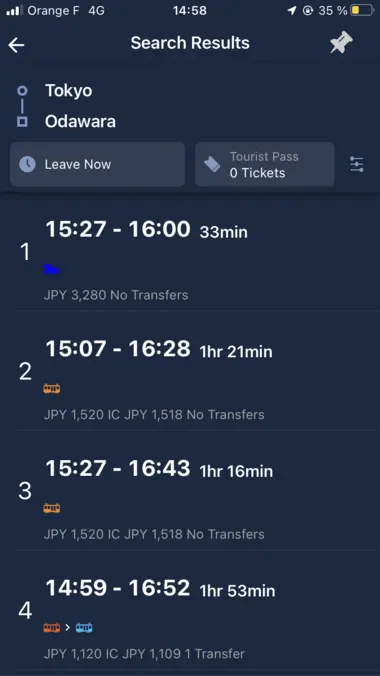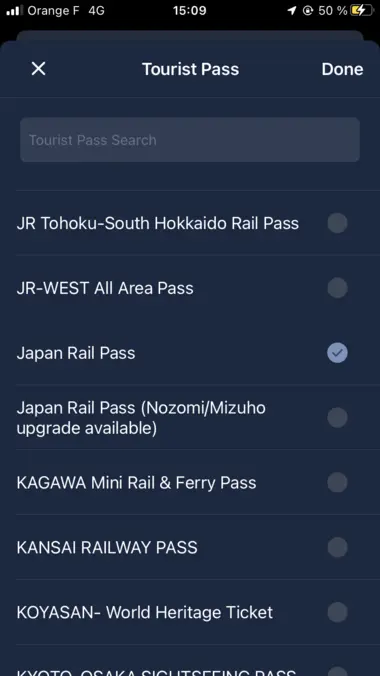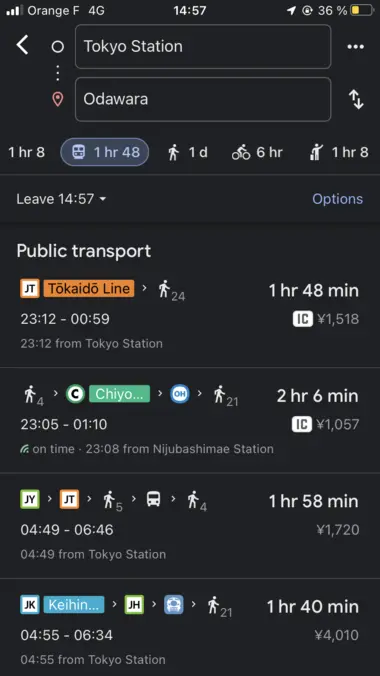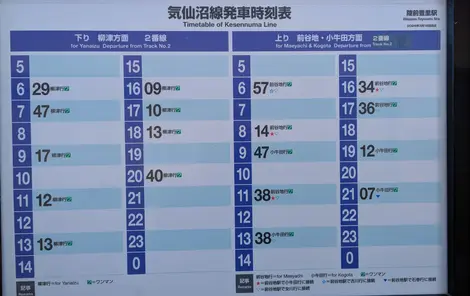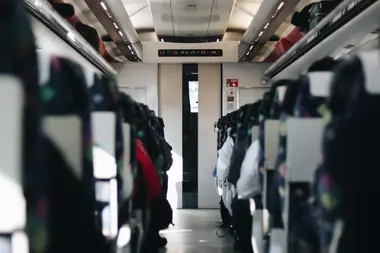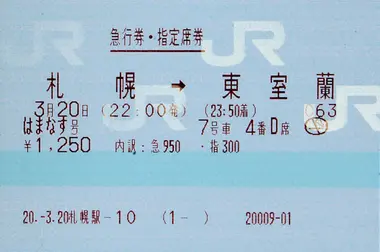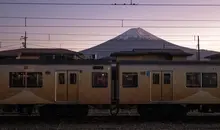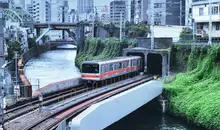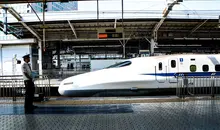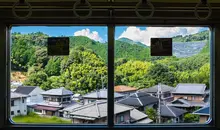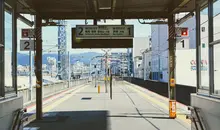Come trovare gli orari e i prezzi dei treni in Giappone
- Pubblicato il : 20/01/2024
- Per : Japan Experience
- Youtube
Orario e costo dei principali viaggi in treno
In Giappone, a volte può essere difficile trovare il modo migliore per raggiungere la propria destinazione. Scoprite qui gli orari dei treni giapponesi e quanto costano i biglietti del treno!
La rete ferroviaria giapponese è il modo migliore per viaggiare, soprattutto con un Japan Rail Pass o biglietti ferroviari preordinati per le vostre destinazioni principali. Ecco alcuni dettagli su orari e tariffe per pianificare il vostro viaggio di conseguenza! 🚅
Orari dei treni in Giappone ⏱️
Avete diverse possibilità per controllare gli orari dei treni.
App per smartphone
Poiché Hyperdia non esiste più, queste sono le 3 applicazioni/siti web che vi consigliamo per la ricerca del vostro viaggio.
Jorudan - Pianificazione dei trasferimenti in Giappone
Con Jorudan è possibile inserire il proprio itinerario e ordinare i risultati per prezzo, tempo e numero di trasferimenti. È inoltre possibile scegliere se prendere un treno Nozomi, Hikari o Locale, poiché il costo varia a seconda dei treni.
L'applicazione offre più possibilità rispetto al sito web, come la possibilità di scegliere il tipo di biglietto o di pass che si sta utilizzando.
Viaggio in Giappone con Navitime
Navitime offre una serie di opzioni personalizzate, come il mezzo di trasporto o il tipo di biglietto/pass che si sta utilizzando, per controllare gli itinerari che corrispondono al proprio pass e persino aggiungere uno scalo se lo si desidera.
L'unica difficoltà tecnica è che se si cerca un luogo particolare (una caffetteria, una biblioteca...), molto probabilmente non lo si troverà. Sono disponibili solo i punti di interesse turistico o le stazioni.
Google Maps
Probabilmente conoscete Google Maps e quello giapponese è piuttosto preciso, quindi non avrete problemi a trovare il percorso per un luogo specifico. Si aggiorna anche quando ci sono ritardi. Tuttavia, non c'è una funzione che consenta di sapere se il viaggio è adatto al JR Pass o se è coperto da altri tipi di pass ferroviari.
In stazione
È possibile trovare gli orari dei treni con i pannelli degli orari, come nelle immagini sottostanti, sui binari o all'ingresso della stazione.
Sito ufficiale delle compagnie ferroviarie
Molte compagnie ferroviarie giapponesi hanno siti web in inglese, dove è possibile trovare orari, informazioni sullo stato dei treni, mappe dei percorsi e persino delle stazioni. Ad esempio, tutte le compagnie JR (JR East, JR Kyushu...) hanno un sito web.
Opuscolo con gli orari stampati
A volte è più comodo avere una versione cartacea delle informazioni richieste. È possibile trovare opuscoli con gli orari stampati in alcune stazioni, vicino al punto informazioni o alle biglietterie automatiche.
Altri suggerimenti:
- Sul nostro sito web, potete trovare gli orari di circolazione dei treni Shinkansen (sono gli stessi ogni giorno) sulla pagina dei biglietti di ogni tratta. Ogni tipo di Shinkansen circola più volte all'ora, quindi non avrete problemi a trovare un biglietto all'orario che desiderate.
- Alcune aree non hanno molti treni al giorno, mentre in luoghi come Osaka o Tokyo i treni passano ogni 3 minuti. Non sorprendetevi se alcuni treni circolano solo ogni due ore nella campagna di Hokkaido!
- Troverete diversi tipi di treni (locali - che si fermano in ogni stazione, rapidi - che si fermano in un numero minore di stazioni, espressi - che si fermano solo nelle stazioni principali). Ogni variante passa all'incirca ogni 15 minuti: ciò significa che anche se un treno passa ogni tre o cinque minuti, potrebbe non fermarsi alla vostra stazione. Per saperne di più, cliccate qui: Dal Limited Express al treno locale.
- A eccezione dei treni notturni, il servizio si interrompe verso mezzanotte e riprende verso le 5 del mattino. Nelle grandi città ci sono molte sistemazioni di emergenza a prezzi bassi per chi non è riuscito a prendere l'ultimo treno, come i capsule hotel.
Costo dei treni in Giappone 💵
I treni sono il modo più comune di viaggiare in Giappone perché la rete è molto sviluppata, anche in campagna. Tuttavia, anche se è di gran lunga l'opzione più semplice, prendere il treno non è sempre la più economica. Spesso ci sono diverse compagnie che effettuano lo stesso viaggio, una più veloce (e più costosa) dell'altra. La differenza potrebbe non essere così marcata in termini di tempo o denaro, quindi assicuratevi di verificare quale sia l'itinerario migliore per il vostro viaggio.
Quando si acquista un biglietto del treno in Giappone, di solito si pagano due tariffe distinte:
- Tariffa base: è il prezzo fisso del biglietto per la linea su cui si viaggia. Il costo dipende dalla distanza percorsa.
- Tariffa extra - posti a sedere, treno espresso: dipende dalle opzioni specifiche della linea. I treni espressi sono più costosi, così come il tipo di posto a sedere di posto a sedere che si sceglie:
Posto non riservato: in Giappone ci sono vagoni non riservati (di solito i primi tre vagoni) per posti non riservati, il che significa che potete sedervi dove volete nel vagone. Questi biglietti sono i più economici e, se si possiede il Japan Rail Pass, si può salire sul treno anche senza prenotare un posto.
Posto riservato: in questo caso, avrete un posto designato. È possibile prenotare questi posti in anticipo presso qualsiasi biglietteria. È gratuito con il Japan Rail Pass.
Sedile verde: questi posti sono l'equivalente dei posti di prima classe. Qui è possibile reclinare il sedile, usufruire del poggiapiedi e di uno spazio più ampio per voi e i vostri bagagli, nonché di riviste per il viaggio.

